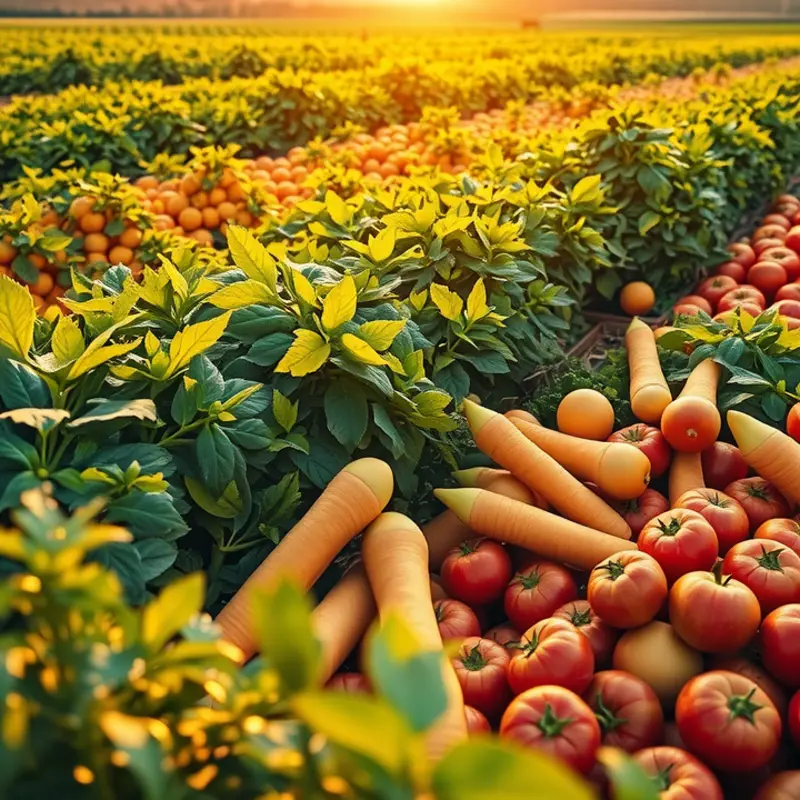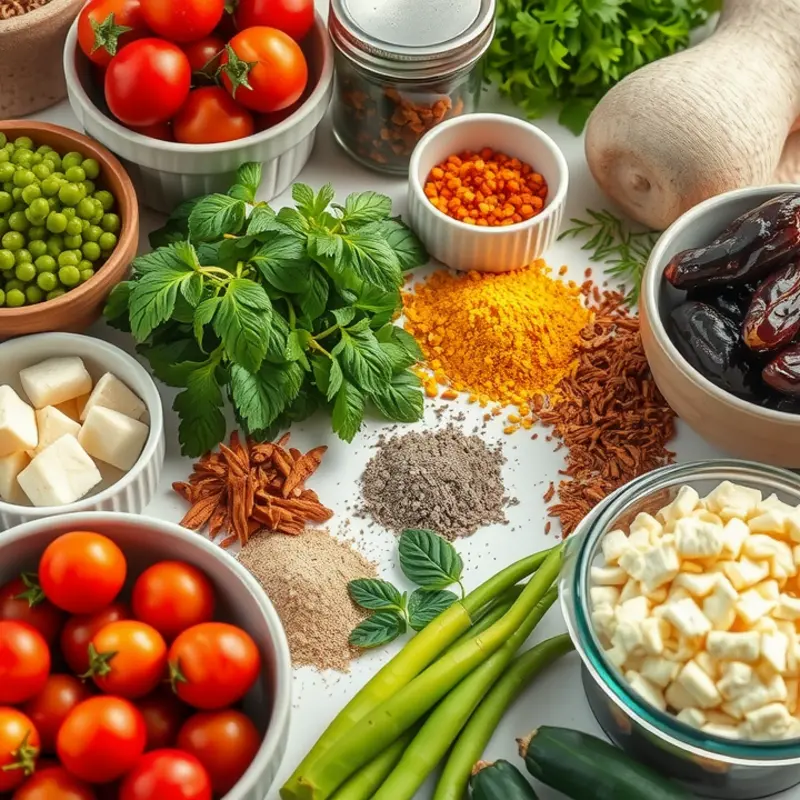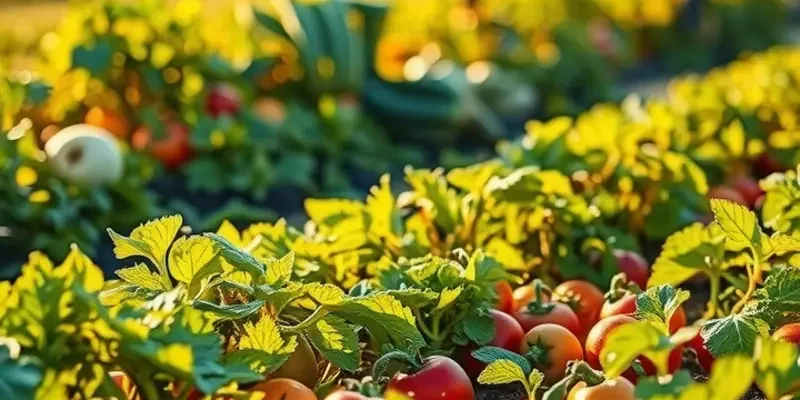Flavor is the heart of every dish, and avoiding dilution is essential for home cooks at any skill level. The right techniques can help you develop bold, vibrant flavors in your cooking. By understanding common pitfalls and innovating your approach, you can elevate your meals. Ready to enhance your culinary experience? Let’s explore effective strategies to maintain rich flavors in your dishes.
Understanding Flavor Profiles

The art of cooking intricately weaves together five basic tastes: sweet, salty, sour, bitter, and umami. Mastering these elements is crucial for creating dishes with depth and harmony. Each taste contributes uniquely to a dish, and understanding how they interact allows you to maintain flavor integrity without dilution.
Sweetness often provides balance, toning down acidity while highlighting other flavors like spiciness or bitterness. It can be introduced through natural ingredients like fruits, or through caramelization, which also adds a smoky element.
Saltiness amplifies flavor perception. Adequate salting enhances the natural taste of ingredients. But beware—excessive salt can overpower. For more ideas on flavor enhancement without over-relying on salt, visit Flavor Boosters Without Salt.
Sourness brings brightness and can cut through richness. Ingredients such as vinegar or citrus not only add tang but also elevate the overall profile by interacting provocatively with sugars and fats.
Bitterness often acts as a counterweight to sweetness. While it can be challenging to handle, the right level of bitterness from greens or dark chocolate adds sophistication and depth.
Umami, the savory flavor, naturally enriches dishes. Found in ingredients like mushrooms, tomatoes, and fermented products, umami introduces a mouth-filling quality that boosts the overall complexity of a dish.
Achieving balance is about the deliberate layering of these flavors. Adding them progressively allows for control, fostering a gradual build-up that can be adjusted as necessary. A common misstep is the habit of excessive early seasoning, which can limit adjustments later. Instead, season incrementally, tasting as you proceed.
Timing is equally pivotal. Some ingredients release their maximum flavor when seasoned early, allowing them to permeate the dish, while others are best added towards the end to preserve their freshness and vividness.
Utilizing fresh ingredients is another powerful way to avoid flavor dilution. Fresh produce inherently offers more vibrant flavors due to higher water content and natural oils, unlike their preserved or aged counterparts, which may require more seasoning to achieve the same impact.
By thoughtfully developing and balancing these taste profiles, you can transform your cooking from mere sustenance to an explosion of well-rounded flavors, invigorating the dish without unnecessary additives. Let these principles guide you to become more adept at managing flavors, orchestrating a culinary experience that is as enjoyable and fulfilling as intended.
Cooking Techniques to Preserve Flavor

Preserving the essence of flavor in cooking is a skill that’s crucial for creating memorable dishes. One method is reducing sauces. This technique intensifies flavor by boiling down liquid content, focusing on the primary taste notes. When reducing, ensure you’re using a wide pan to increase evaporation. Stir occasionally to prevent sticking, and taste regularly to avoid excessive bitterness from over-reduction.
Another approach is the strategic use of fresh herbs, which should be added at the right stages of cooking. Robust herbs like rosemary and thyme release flavors over time and are best added early in the cooking process. Delicate herbs, such as basil and parsley, should be stirred in at the end to maintain their fresh taste. A light hand prevents overpowering other ingredients, allowing them to shine as well.
Balancing acidity and sweetness is an art that can transform a dish from one-note to complex and delightful. Acidic ingredients like vinegar or citrus can brighten flavors, while a touch of sugar can temper acidity and enhance depth. Taste continuously as you adjust these elements; the goal is achieving harmony where neither overpowers.
The technique of sautéing is fundamental to preserving and enhancing flavor. Start by preheating your pan before adding oil to ensure that ingredients sear upon contact, locking in their juices. Use a high smoke point oil for more intense cooking. Do not overcrowd the pan, as this reduces heat and causes steaming rather than frying.
When incorporating spices, remember that less is often more. Toasting whole spices before grinding releases their natural oils, yielding a fuller flavor profile. Add these spices towards the end of cooking to preserve their vibrancy. For a detailed guide on incorporating flavor without overwhelming a dish, check out this resource on flavor boosters without salt.
Preserving flavor is not just about techniques but also understanding when less intervention ensures more taste. Let the ingredients speak for themselves by highlighting their inherent qualities through careful cooking methods. By adopting these techniques, you can masterfully control your dish’s flavor without diluting its essence.
Final words
Avoiding flavor dilution is essential for creating memorable meals. By understanding flavor profiles and mastering cooking techniques, you can ensure that your dishes are full-bodied and satisfying. Remember to season wisely, take care when introducing new ingredients, and focus on balance to let the natural flavors shine through. With these tips, any home cook can elevate their culinary creations, turning everyday meals into extraordinary dining experiences. Keep experimenting and enjoy the journey of flavor!







